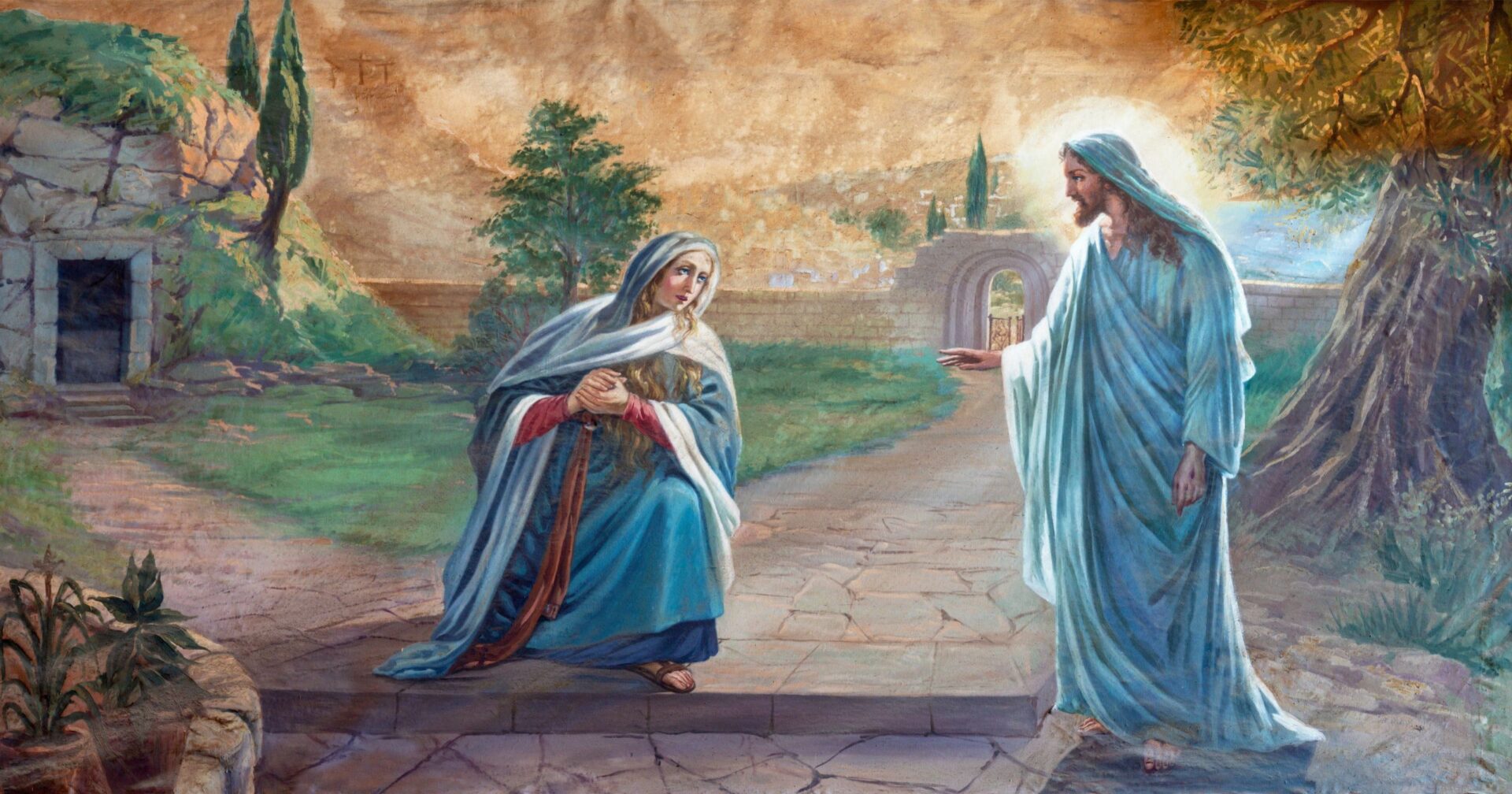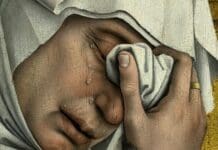St. Mary Magdalene holds an esteemed position in the Bible, second perhaps only to the mother of Jesus herself. Despite this, she’s often been subject to misconceptions and unfounded stories.
Famously referred to as the “Apostle to the Apostles,” Mary Magdalene was consistently present during significant moments in Jesus’ life. She was among those who supported Jesus and his Twelve Disciples with her resources. Notably, she witnessed Jesus’ crucifixion and the subsequent discovery of his empty tomb. Remarkably, it was she who was first granted the privilege of the awareness of the Resurrection.
Her moniker, ‘Magdalene,’ originated from her residence in Magdala, a Gentile town located in northern Galilee. Despite her Jewish roots, she adopted the culture and manners of a Gentile, due to her surroundings.
A persistent myth in the Church inaccurately identifies Mary Magdalene as the unnamed sinful woman in Luke 7:36-50 who anointed Jesus’ feet. However, modern Scripture scholars highlight the absence of any scriptural evidence to support this mix-up. Mary Magdalene, also known as the one “of Magdala,” is instead recognized as the woman from whom Jesus cast out “seven demons” (Luke 8:2)—suggesting she suffered either from severe demonic possession or, possibly, a grave illness.
Father W.J. Harrington, O.P., in the New Catholic Commentary, asserts that the mention of “seven demons” does not imply Mary’s immoral life, a supposition drawn from incorrectly associating her with the anonymous woman in Luke 7:36. Similarly, Father Edward Mally, S.J., in the Jerome Biblical Commentary, concurs that the western romantic tradition mistakenly identifies her as the sinner in Luke 7:37.
According to pious legend, 14 years after Jesus’ death, St. Mary, along with Sts. Lazarus, Martha, Maximin, Sidonius, her maid Sera, and St. Anne’s body, was put in a boat devoid of sails or oars by the Jews. They drifted to the shores of Southern France. Here, St. Mary spent her remaining years as a contemplative in a cave called Sainte-Baume. Miraculously, she was sustained by the Holy Eucharist, given to her daily by angels as her only nourishment.
At the age of 72, just before her death, she was miraculously transported to St. Maximin’s chapel, where she received the last sacraments.
Editorial credit: Renata Sedmakova / Shutterstock.com


















It is awesome that Catholic Church teaches Biblical truth to the depth.
It’s such an awsome history about the saint. But why don’t we the laity, get access to some of these great ancient history that authentically affirms the truth about the churche’s traditions?
Thanks-a-mundo for the blog article. Fantastic.
I look forward to reading the lives of the saints. It’s very interesting how they lived and what they did.
St. Mary, pray for us.
Mary my patron saint pray for me
St. Mary Magdalene pray for us, my dear patron saint.
st mary of magdala my patron saint….pray for me to the LORD our GOD JESUS CHRIST!
Thank you AMEN!
St Mary Magdalene pray for me to our Lord Jesus Christ. Amen.
Is there anymore info about St. Mary Magdalene? Its very interesting to know more about her. Thanks
St. Mary Magdalene, pray for us.
How can I get access to the untold stories of Jesus ?. I want to read more of the stories of Jesus that are not
written in the Holy Bible.
So rich information.
Loved this article. If you read about some of the visions of the German mystic, Catherina Emmerich (who identified the location of the final earthly home of the Virgin Mary near Ephesus and described it), Mary Magdalene was a wealthy woman whose family owned lots of real estate around what we now know as the Holy Land. So it was likely she could contribute to Jesus’ needs for food and shelter during his ministry.
St. Mary Magdalene, the “Apostle to the Apostles”, hear our prayers,
Great read. Mary Magdalene, pray for my forgiveness. Amen ?
Saint Mary Magdalene, pray for us!
O St. Mary Magdalene, please intercede for me, a poor sinner.
She is not a Saint. She is higher than a Saint. She is Mary Magdalene. How they confuse this ?
O Saint Mary Magdalene please help to love Jesus as you loved Him.
Saint Mary magdalene pray for us amen
My beloved Patron Saint Marie Madeleine, pray for me.
Saint Mary Magdalene peacefully pray for us. Amen